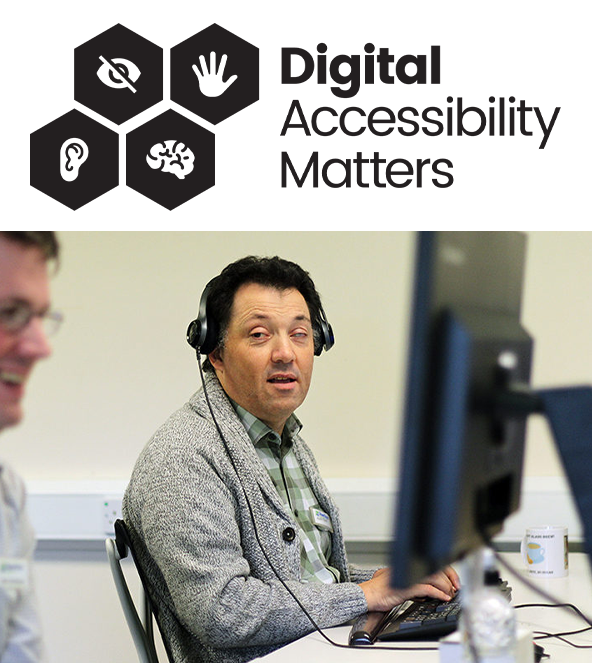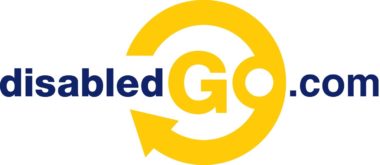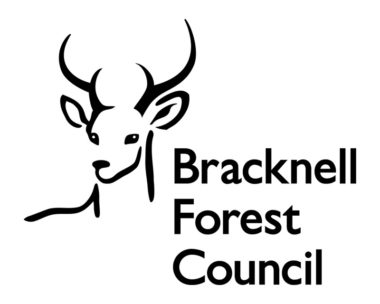As part of the HeX Productions Digital Accessibility Matters campaign, they have asked me what good digital accessibility means to me personally. Well, it means ‘the world’. Good digital accessibility literally opens the world up to me.
Before I go into more depth about the benefits of good digital accessibility, here is a brief explanation to get you thinking about accessible content.
Imagine someone has just given you a piece of paper, but when you look at it, it is blank on both sides. The person is trying to give you information, but you can’t see it. Now imagine that on the piece of paper, a headline is revealed, followed by subheadings, information, pictures, and tables. The paper is now giving you lots of accessible information that you did not previously have access to.
So, at first, the blank piece of paper is inaccessible to you, but with some adjustments, the information is revealed, allowing it to become accessible.
The Difference Between Accessing Digital Information as a Sighted Person or as a Blind User
Before I lost my sight, information, applications, and communications could be found whenever I wanted it. When I lost my vision, it seemed that the only information available to me was via radio or television.
It was not until I was able to use a computer via screen reader software that further information was potentially accessible at my fingertips. On the other hand, it was, and still is, very frustrating, as not every website is fully accessible. Many features are still out of reach for someone who is blind.
I suppose you could argue that to get past the inaccessible areas of a digital platform, you can ask for assistance or contact the owners of a website, but we want to be independent. It may not be the only website offering that same information. If that’s the case, I would rather go to another accessible website than wait for someone to come and press a button on the screen to enable me the ability to view that content.
Advancements In Accessible Digital Platforms
There have always been different adaptations to allow blind or visually impaired people to gain information, whether it is via braille, auditory, or by word of mouth. Luckily, now we have the internet, which allows the same information to be read all over the world, providing that platform is inclusive.
Over the years, websites have become more accessible. This is due to the realisation that inaccessible platforms prevent a wide percentage of the population from interacting with online information and services. In 2020, the UK Government even promised that their websites and public sector platforms would be accessible to everyone.
The problem now is, with the high expectation of websites being accessible, it makes it even more frustrating when you still can’t complete something that should be as simple as filling in an application form, completing some online learning, or even just reading a website’s content.
If one website can do it, why can’t every website?
My Conclusion About Digital Accessibility
Just one more analogy from me:
Just think if you were reading or listening to a murder mystery or thriller novel, and the story stops a chapter from the end. The chapter that reveals everything. How frustrating would this be for you? Well, this is the same experience a user would have if a website has some accessibility features but is missing other crucial inclusive elements, resulting in users missing out on key information, not being able to contact a website or submit a process.
There is no reason all websites can’t be accessible. Making that blank piece of paper both interesting and informative for all.
If you aren’t sure if your platform is accessible, why not try our free website accessibility checker? Alternatively, get in touch with our team of experts for advice and guidance.







